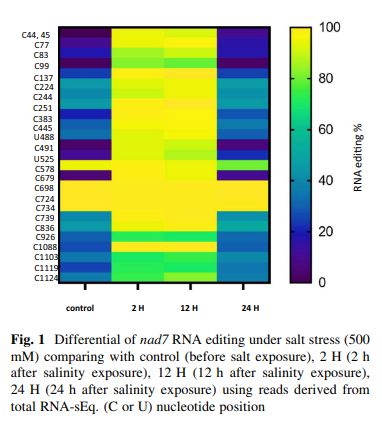Application of nano waste particles in concrete for sustainable construction: a comparative study
Nano particles contribute as a partial substitute in the production of eco-friendly building materials. This research presents a quantitative assessment of the sustainability effect of partially replacing cement in the green concrete mix with two types of nano-waste particles. The assessment is achieved using two weighing criteria developed by a Sustainable Decision Support System (SDSS) model. This assesses the alternatives using scoring systems based on both the Life Cycle Assessment (LCA) technique and Multi-Criteria decision analysis method. Ten sustainable aspects comprising four sustainability features: environmental, social, economic, and technological are incorporated within the model. The study investigates the partial substitution of cement by carbon nano tubes (CNT) and rice husk ash (RHA) in the concrete mix as compared to the control mix. The concrete mix with RHA showed the best sustainability results for all factors. This was attributed to the negligible RHA’s life cycle indexes as an agricultural residue of a natural material. Substituting 5% of the cement content in the mix by RHA partially contributed to minimising the carbon emissions and energy consumed during the cement manufacturing phase. CNT is expensive and its production consumes high amount of energy thus contributed negatively to the final evaluation result although its substitution proportion was minimal. © 2021 Informa UK Limited, trading as Taylor & Francis Group.



